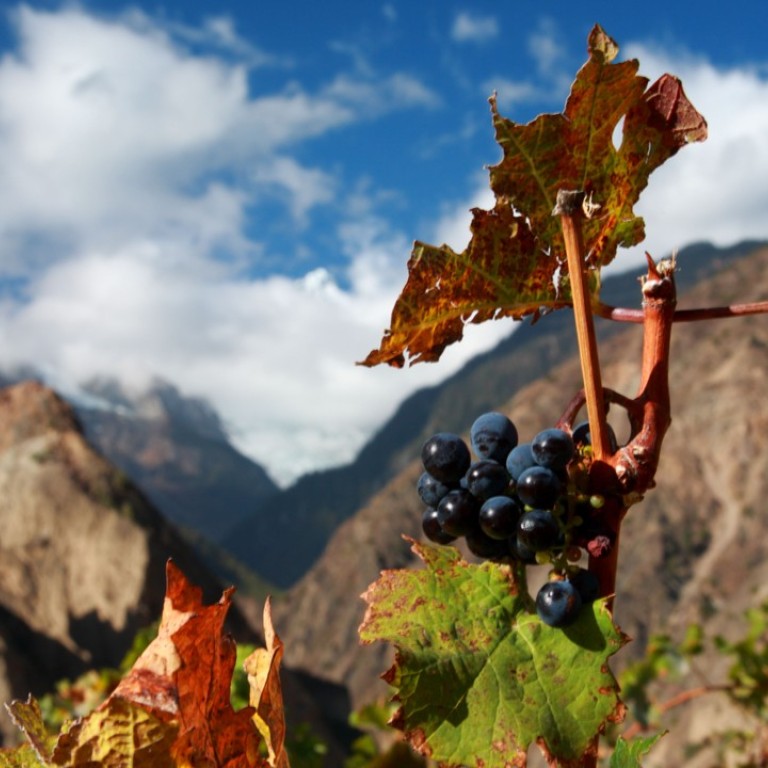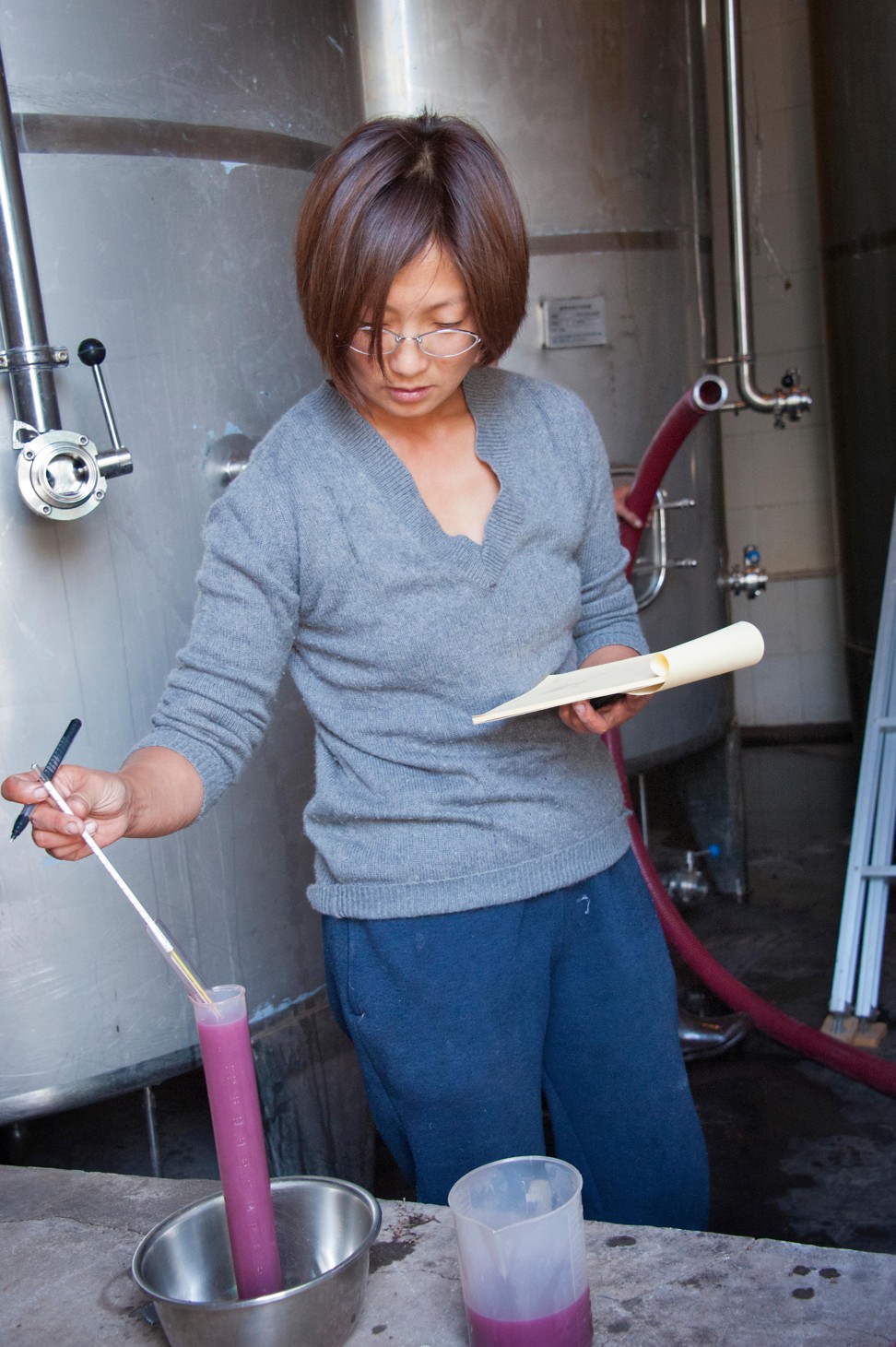
China’s domestic wine market benefits from foreign know-how, yields promising vintages
From Shandong to Yunnan, Chinese winemakers are drawing on old-world expertise to create the potential classics of tomorrow
Buying wine from almost anywhere in the world is easy – it’s just a click away, of course. But many of us in Hong Kong forget that wines are being made on our doorstep: while China is fast becoming the world’s largest consumer of the grape, an increasing number of tipples are made there, produced by winemakers who learned their trade elsewhere.
Some such winemakers have been at it for decades, and many have links with French producers. Made-in-China wines are no longer something that you try just out of curiosity – some are genuinely worthy of a place on the world stage, and interesting wines are now being created across the country.
High hopes for €300 Sacred Cloud red wine from China’s Yunnan highlands
Shandong province, which has a long winemaking history, is considered the finest region, with some even referring to it as China’s Napa Valley. It has a moderate climate and mild winters, although rainy summers increase the chances of mould growing on grapes.
Yantai is Shandong’s largest and best known growing area, producing about 40 per cent of China’s wine. Wineries of note include Great Wall, Chateau Changyu-Castel and Qingdao Great River Hill Winery (located on the other side of the Shandong peninsula).
The best grapes grown there? Cabernet gernischt is popular, with many claiming the varietal was brought over by European missionaries in the 1880s. Recent DNA testing has concluded that the grape is actually carménère, and the palate is slightly green – some dried bell peppers with dusty red plums. It is lighter than Chilean carménère, but body and acidity are present in decent vintages.

The best grapes? Cabernet sauvignon and merlot, both showing clear and expressive fruit flavours, and natural acidity and tannins that are not too heavy. Ningxia’s climate is perfect in summer, with warm days and dry nights, but extra care must be taken in the severely cold winters, requiring vines to be well covered.

In China’s southwest, Yunnan is a mountainous province that borders Vietnam, Laos and Myanmar. Here, what might become an iconic wine has emerged due to the talent, hard work and generous funding of LVMH.
Modern drinkers in China, it appears, have come a long way from baijiu, the strong, distilled spirit made from fermented sorghum that has a distinct aroma of sweaty gym socks with yeasty, overly ripe pears. One day, and not too far away, I’m sure, Riedel will create a glass specifically for a Chinese wine.

